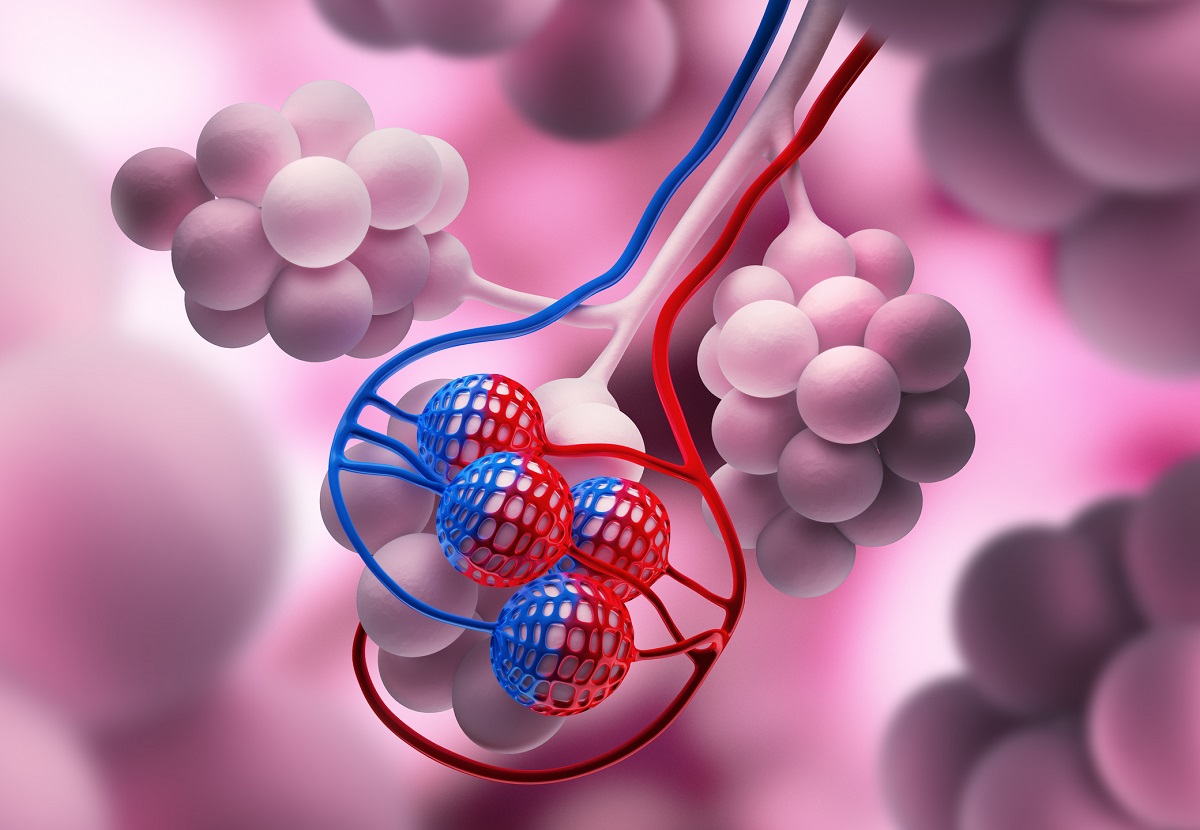KEY TAKEAWAYS
- The study aimed to investigate the efficacy and safety of AL2846 combined with TQB2450 in patients with NSCLC.
- The primary endpoints were to determine safety and ORR.
- Researchers noticed that AL2846 combined with TQB2450 demonstrated promising efficacy and a favorable safety profile.
For patients who have failed first-line (1L) treatment with PD-1/PD-L1 inhibitors and platinum-containing chemotherapy, there are currently no higher-level evidence-based treatment options that are more effective than single-agent chemotherapy.
D. Huang and the team aimed to assess the efficacy and safety of AL2846 in combination with the PD-L1 inhibitor TQB2450 in patients with Non -Small Cell Lung Cancer (NSCLC) who had previously been treated with PD-(L)1 inhibitor and platinum-based chemotherapy.
They performed an inclusive analysis through an open-label, multicenter study, comprising 2 phases: dose-escalation and dose-expansion. In the dose-expansion phase, patients with locally advanced or metastatic NSCLC, previously treated with PD-(L)1 inhibitors either alone or in combination with platinum-based chemotherapy, were enrolled.
The study aimed to evaluate the safety and objective response rate (ORR) as primary endpoints, while secondary endpoints included progression-free survival (PFS), disease control rate (DCR), duration of response (DOR), and overall survival (OS).
Patients received a fixed dose of TQB2450 (a PD-L1 inhibitor) at 1200 mg every three weeks (Q3W), along with AL2846 (a multi-target tyrosine kinase receptor inhibitor) at 120 mg daily (QD). Imaging assessments were conducted every 6 weeks, and efficacy was evaluated using RECIST 1.1 and iRECIST criteria, with a primary focus on RECIST 1.1.
About 44 patients had been enrolled in the study as of January 31, 2024, with 39 patients evaluable for efficacy. The number of prior systemic therapy lines ranged from 1 to 3. In terms of histopathologic subtypes, the majority of patients had squamous cell carcinoma. Preliminary efficacy results showed that the ORR, as assessed by the investigators, was 25.6% (10/39).
The median PFS was 5.72 months (95% confidence interval [CI], 4.07–8.21), while the DCR was 94.9% (37/39). The median DOR was 5.54 months (95% CI, 3.52–NR), and the median OS was 13.44 months (95% CI, 7.98–21.26). Most partial responses (PR) were observed at the first efficacy evaluation. Among the patients whose best response was stable disease (SD), 22 experienced tumor shrinkage, with 8 of these patients exhibiting tumor shrinkage of more than 20%.
In terms of safety, Grade ≥3 treatment-related adverse events (TRAEs) occurred in 59.1% (26/44) of patients. The most common adverse events (AEs) were hypertension (22.7%, 10/44), diarrhea (4.5%, 2/44), palmar and plantar erythema (2.3%, 1/44), and proteinuria (2.3%, 1/44). Dose reduction due to TRAEs occurred in 11.4% (5/44) of patients, primarily due to hypertension, diarrhea, and proteinuria.
The study concluded that AL2846 combined with the PD-L1 inhibitor TQB2450 demonstrated promising clinical activity in patients with locally advanced or metastatic NSCLC who had previously been treated with PD-(L)1 inhibitors. Based on the encouraging efficacy and favorable safety profile observed, a phase III study is currently being recruited to further investigate this treatment combination.
The trial is sponsored by Chia Tai Tianqing Pharmaceutical Group Co., Ltd.
Source: https://cattendee.abstractsonline.com/meeting/20598/presentation/1299
Clinical Trial: https://clinicaltrials.gov/study/NCT06116240
Huang D, Song Z, Qin J, et al. (2024). “Safety and Efficacy of AL2846 Combined with TQB2450 In NSCLC Patients with Previous PD-(L)1 Inhibitor Treated.” Presented at IASLC-WCLC 2024, September 8, 2024; Singapore.



